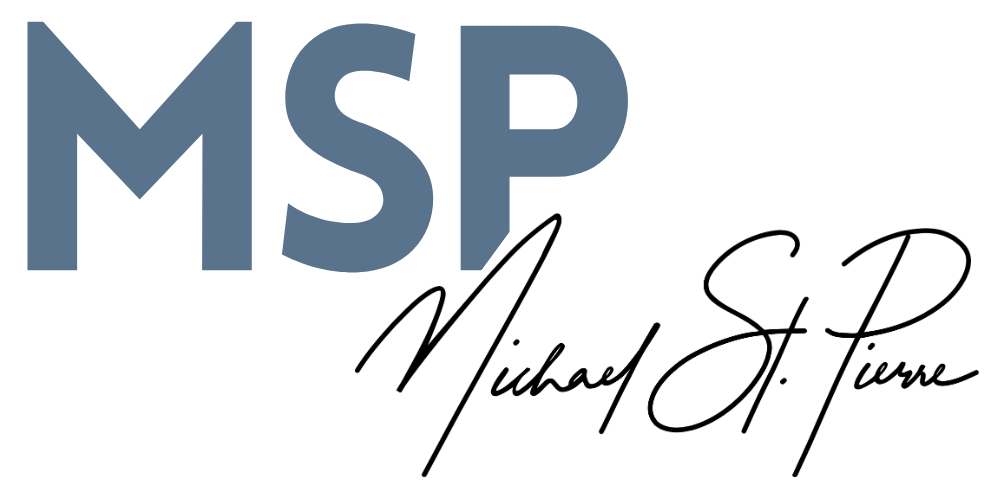Today's post is from special guest Gretchen Rubin, host of The Happiness Project. If you haven't stopped by her blog, you'll find yourself immersed in simple-profound points about how to maximize happiness in everyday life. I highly recommend it!
A Key To Happiness: Figuring Out How to Keep Your Resolutions

 Before I
Before I
started my Happiness Project, I -- like everyone -- had repeatedly made
resolutions to make positive changes in my life.
Since I started the Happiness Project,
I’ve managed to do a better sticking to these resolutions. Recently I
asked myself—why? What was different? Two reasons: accountability
and salience.
ACCOUNTABILITY is a key aspect to sticking
to a resolution. You must have a way to record your goals, your successes, and
your failures. I make a big chart each month, modeled on the virtue chart Benjamin
Franklin describes in his Autobiography,
on which I score myself each day.
Many readers have asked to see my scoring
charts, so I’m prettifying them now, and will make them available soon
for anyone who’d like to see a model. Obviously everyone’s
resolutions will be very different, but seeing my charts might help spur ideas.
SALIENCE is another key aspect to sticking
to a resolution. I found that the more quickly and readily a resolution pops
into my mind at an appropriate point, the easier it is to keep that resolution.
And the way to keep an idea uppermost in mind is through repetition.
I re-read my Twelve Commandments (see
left-hand column) every day. I have sticky notes around the house to remind me
of my resolutions. Scoring myself on my chart requires me to review every
resolution, every day.
As a result, I hear a little Jiminy-Cricket
voice in my head whispering “Let it go,” “Show up,”
“There is only love,” “Remember the evening tidy-up,”
"Sing in the morning," and all the rest as I go through my day. Of
course, I often ignore that little voice, but at least I hear it more clearly
than I did before.
Just last night, I discovered a new
mechanism to be reminded of my resolutions. It’s a fantastic website
called Hassle Me. This site allows you to
arrange to be hassled at certain times – so, for example, as a trial I
arranged to be hassled every two days with a message, “No fake
food.” It can remind you to go to the gym, to call your grandmother, to
pay bills, whatever you want, however often you want.
I think I’m going to send myself fifty
hassle-me’s. More salience!
*
I found an interesting site, Wise Bread.
It's about "living large on a small budget," and I like the
sensibility. One of my happiness themes is the relationship between money and
happiness, which I think is more complictated than people claim. This site is
about living frugally, but with a fun and adventurous spirit -- not cramped
penny-pinching. Plus I learned the history of the "baby carrot."





